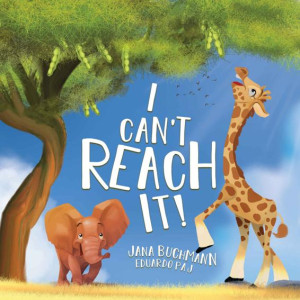Golf may appear low-impact, but it places significant stress on the body—especially the lower back. On the Gold Coast, where golfers play year-round in stunning conditions, it’s common for both amateurs and pros to experience lower back discomfort. The repetitive nature of the golf swing, combined with prolonged periods of standing and walking, makes this one of the sport’s most prevalent complaints. If you’re dealing with persistent pain, it’s time to consult a Sports Injury Specialist Gold to find long-term relief and improve your performance.
Why Lower Back Pain is So Common in Golfers
The golf swing is a powerful, complex movement that involves twisting the spine at high speed. This rotational motion, repeated hundreds of times per round or practice session, can lead to microtrauma, muscle strain, and disc stress.
Contributing factors to lower back pain in golfers include:
-
Poor swing mechanics
-
Lack of core stability
-
Limited mobility in the hips and thoracic spine
-
Overuse from frequent play without adequate rest
-
Weak glutes or tight hamstrings, which force the lower back to overcompensate
Symptoms to Watch For
Lower back pain in golfers may present as a dull ache after a round or sharp pain during a swing. Some may experience stiffness, reduced rotation, or discomfort when bending or standing. Ignoring early signs can lead to more serious issues like disc bulges, facet joint irritation, or chronic strain.
Pro Tips for Prevention and Relief
-
Warm Up Before You Tee Off
A few minutes of mobility work and dynamic stretching (torso twists, hip openers, shoulder rolls) can loosen key joints and muscles before play. -
Strengthen Your Core
Core stability is vital for a healthy swing. Incorporate planks, bird-dogs, and dead bugs into your weekly routine to reduce spinal load during rotation. -
Work on Hip and Thoracic Mobility
Restricted mobility in these areas causes the lumbar spine to compensate—leading to strain. Foam rolling, yoga, and targeted stretching can restore proper movement. -
Optimise Your Swing Mechanics
Poor technique amplifies stress on the back. A swing coach and a Sports Injury Specialist Gold can work together to improve your form and prevent recurrence. -
Take Breaks and Manage Load
If you’re playing several times a week or practicing daily, rest and recovery become essential. Mix in lighter sessions and always listen to your body.
Rehab and Long-Term Management
If back pain persists, early intervention is key. At Total Body Therapy, we perform detailed assessments to pinpoint the root cause of your discomfort. Treatment may include manual therapy, dry needling, corrective exercise, and swing-specific rehab. We work with golfers across all skill levels to restore movement, reduce pain, and keep you active on the green.
Swing Strong, Swing Smart
Back pain doesn’t have to end your time on the course. With the right support and targeted care, you can improve your swing and enjoy your game without discomfort. Prevention, conditioning, and expert guidance from a sports injury specialist are your best tools for staying in peak form.
TO VISIT US – https://totalbodytherapy.com.au/




